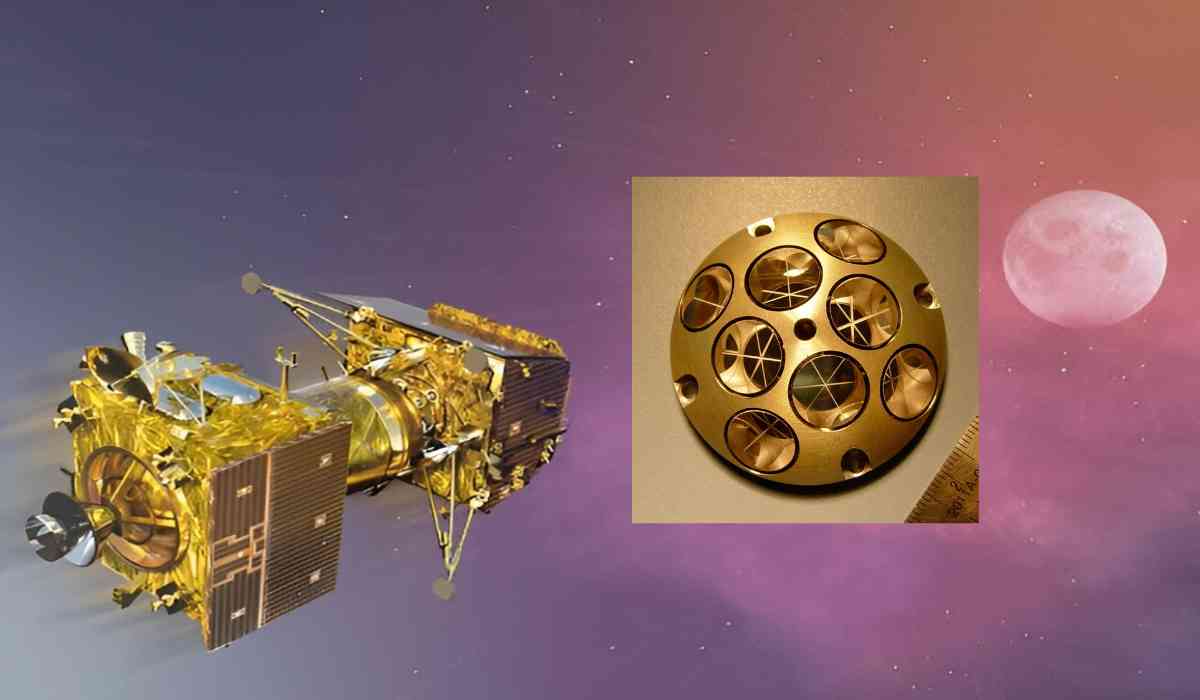In a groundbreaking milestone for lunar exploration, NASA and the Indian Space Research Organisation (ISRO) have successfully transmitted and reflected a laser beam between a NASA spacecraft and a device on the ISRO's Vikram lander situated on the lunar surface. This achievement marks the first instance of laser communication between the two space agencies on the Moon, opening new possibilities for precise location tracking and target identification.
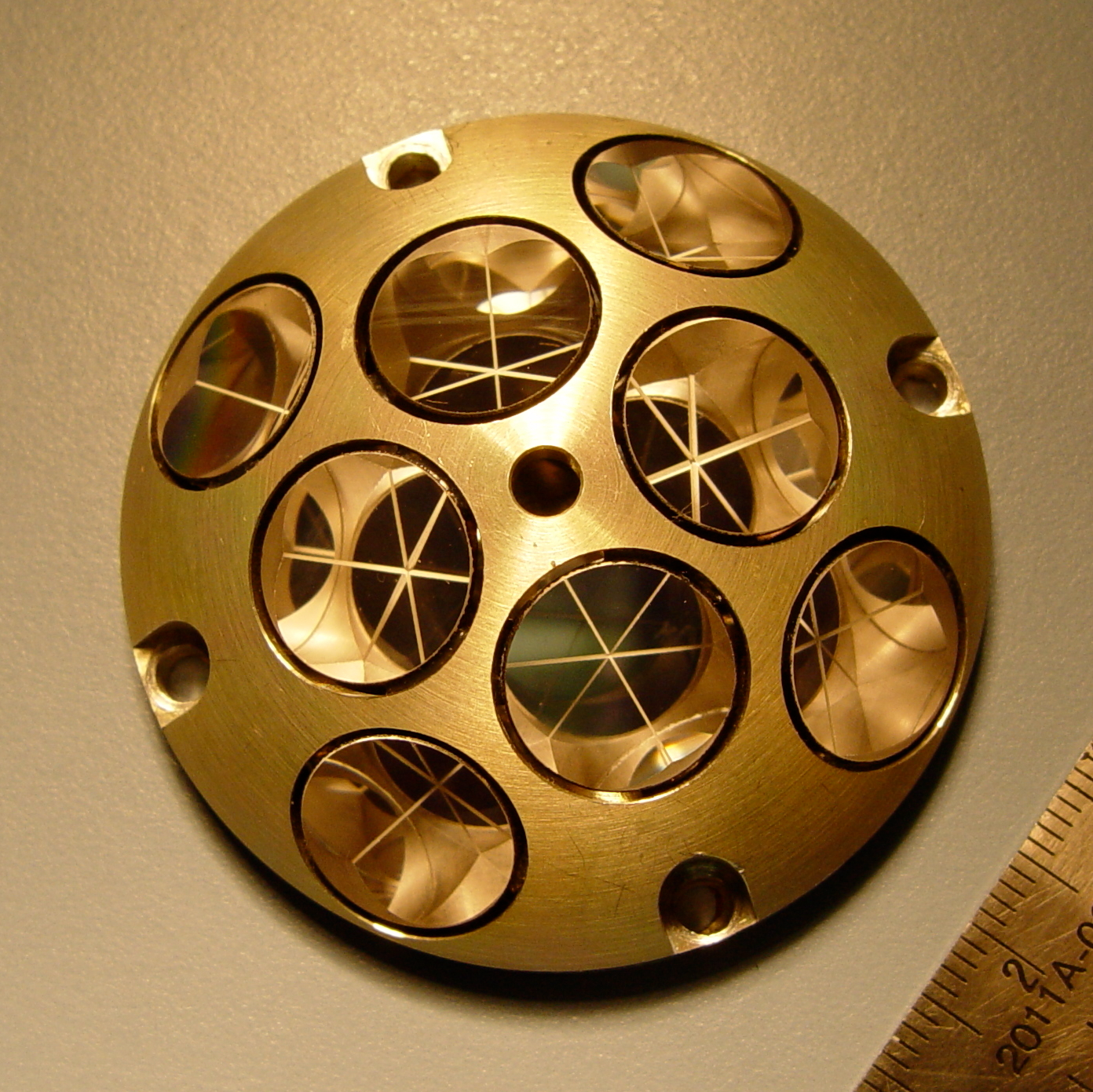
Lunar Laser Experiment Success
The experiment took place on December 12, 2023, at 1:30 am Indian Standard Time (3 pm EST). NASA's Lunar Reconnaissance Orbiter (LRO) directed its laser altimeter instrument towards a small retroreflector on the Vikram lander. Positioned approximately 100 kilometres away from the LRO, near the Manzinus crater in the Moon's South Pole region, the Laser Retroreflector Array (LRA) successfully reflected the laser light back, validating the success of the experiment.
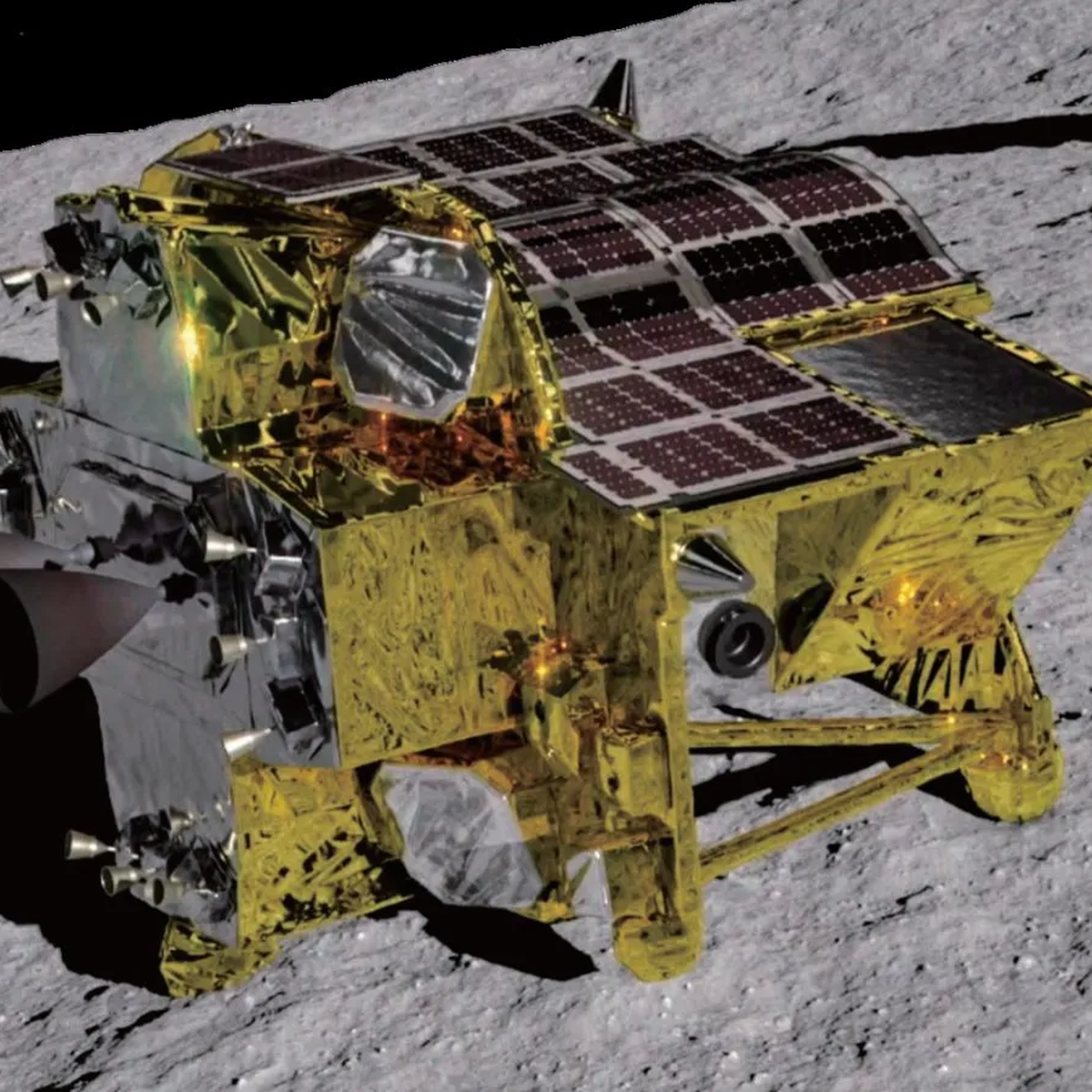
Understanding Retroreflectors
Retroreflectors are compact devices measuring only 5 cm wide, designed to reflect incoming light from any direction back to its source, minimizing scattering. The retroreflector on Vikram Lander consists of eight quartz-corner-cube prisms arranged within a dome-shaped aluminium frame, ensuring efficient reflection regardless of the light's incoming direction. These devices are power-free, require no maintenance, and boast a long lifespan lasting for decades.
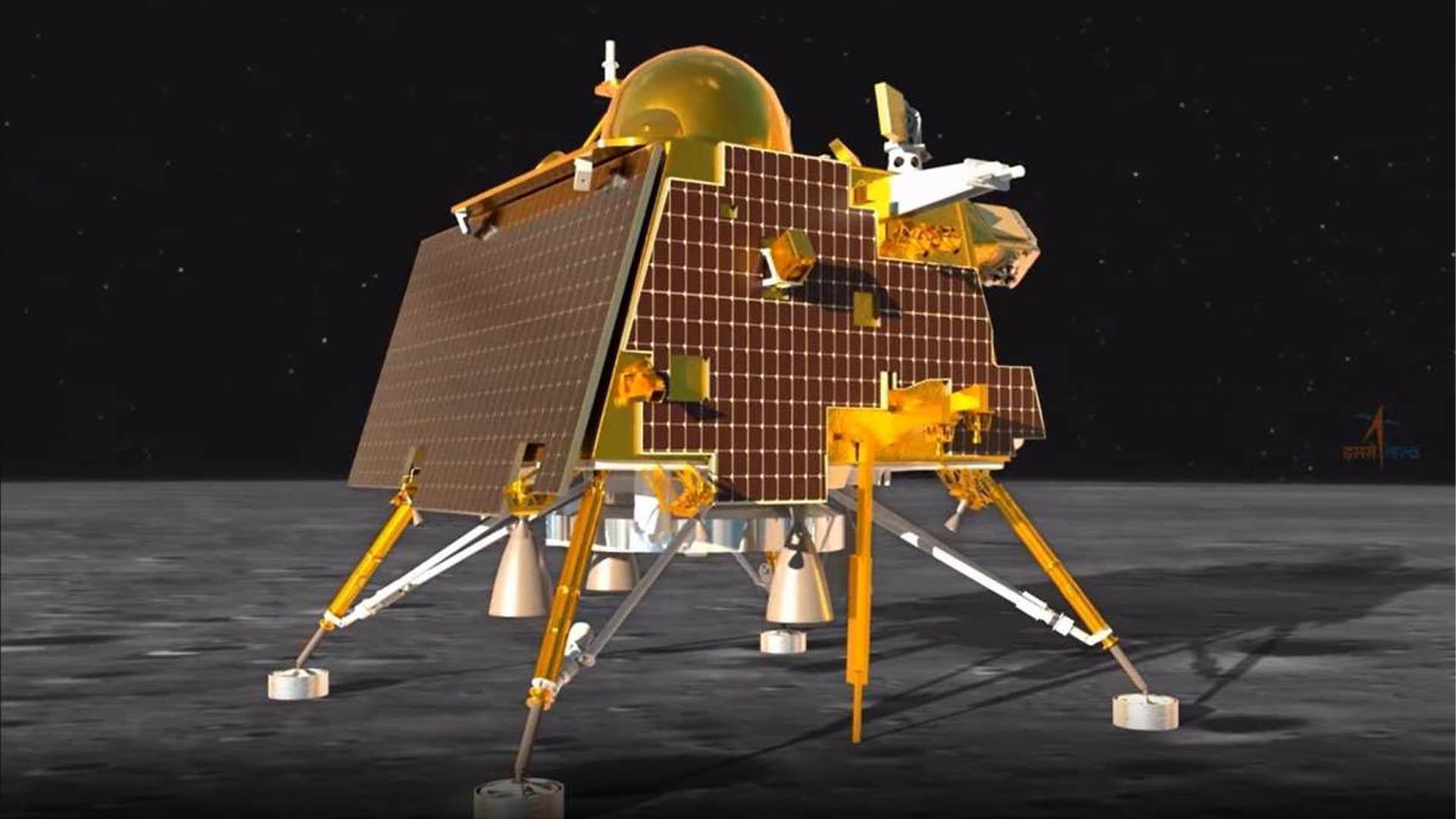
Applications of Retroreflectors
-
Lunar Positioning Data: Retroreflectors on the Moon provide valuable data, indicating the Moon's gradual movement away from Earth at a rate of 3.8 centimetres per year.
-
Compact Version on Chandrayaan-3: The retroreflector on Chandrayaan-3 is distinctive as a compact version and is currently the sole retroreflector near the Moon's south pole.
-
Versatility: The latest generation of smaller retroreflectors offers various applications, including precision markers on the International Space Station and potential guidance for lunar landings.
-
Future Moon Missions: Retroreflectors can assist in marking the positions of spacecraft on the lunar surface, aiding astronauts or unmanned spacecraft during exploration.
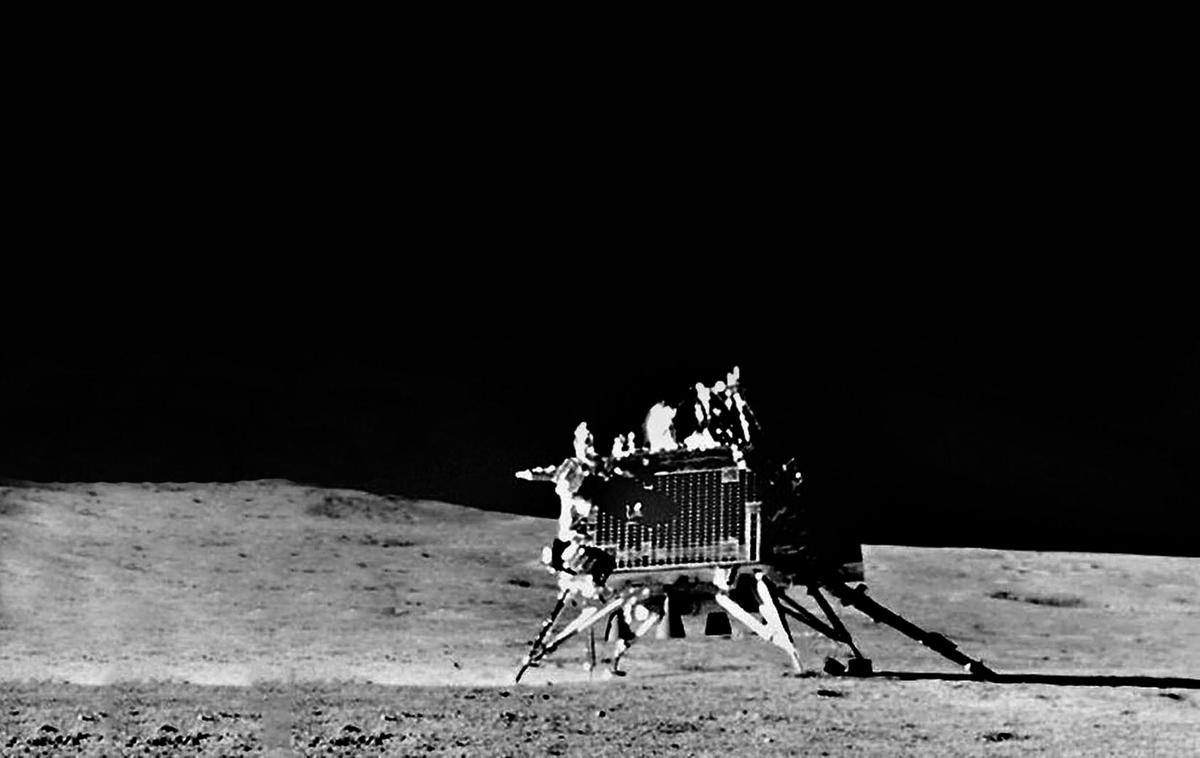
Chandrayaan-3's Unique Retroreflector
The retroreflector on Chandrayaan-3's Vikram lander is the only one currently available near the south pole of the Moon. It will continue to serve as a long-term geodetic station and a location marker on the lunar surface, benefiting current and future lunar missions.
Upcoming Retroreflector Deployments
NASA plans to transport multiple retroreflectors on both public and private moon landers. JAXA's SLIM lander and Intuitive Machines, a private company launching its spacecraft to the Moon, are among the upcoming missions carrying retroreflectors.
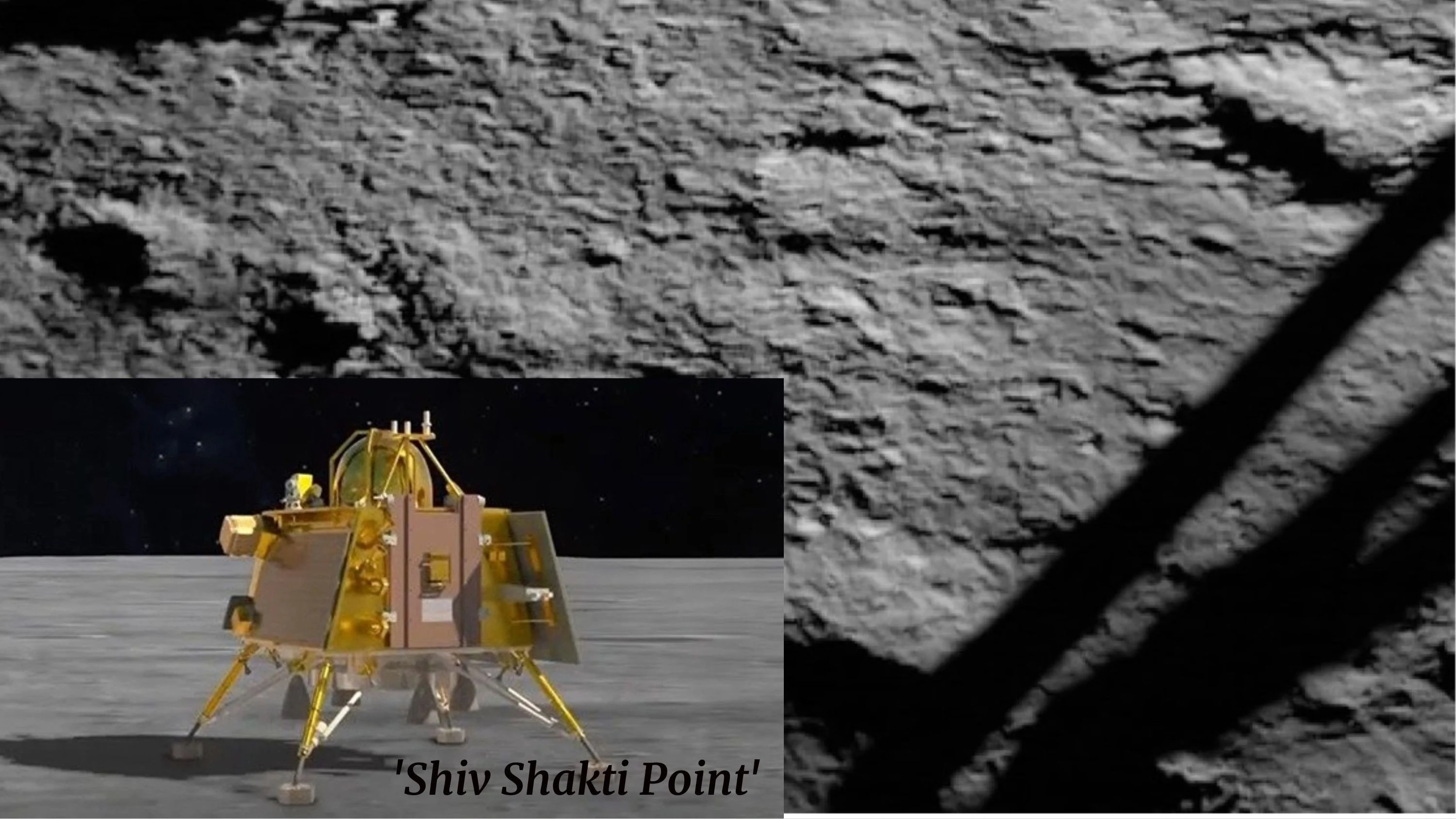
Implications of the Successful Experiment
According to NASA, the successful experiment "opens the door to a new style of precisely locating targets on the Moon’s surface." The technique, involving laser pulses sent from a moving spacecraft to a stationary one, has numerous applications on the Moon.
Challenges and Future Improvements
One challenge highlighted by NASA is that the Lunar Reconnaissance Orbiter's altimeter is currently the only laser instrument orbiting the Moon. Efforts are underway to improve the technique for routine use in future missions.
The successful laser communication experiment between NASA and ISRO represents a significant leap forward in lunar exploration, with potential implications for future space missions and scientific research on the Moon's dynamics and structure.
Image Source: NASA/ISRO
© Copyright 2024. All Rights Reserved Powered by Vygr Media.

